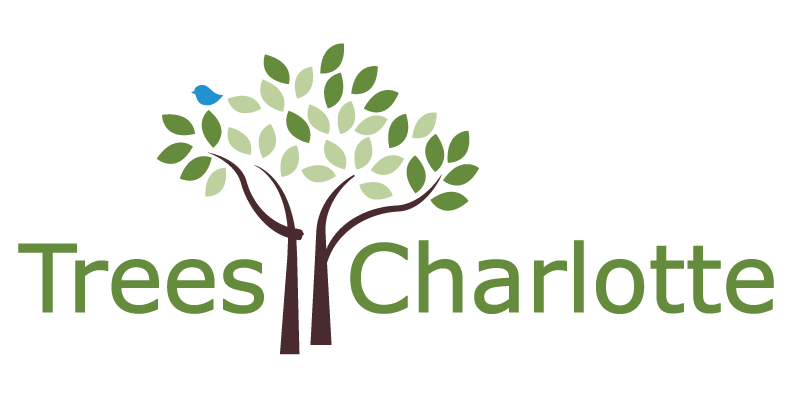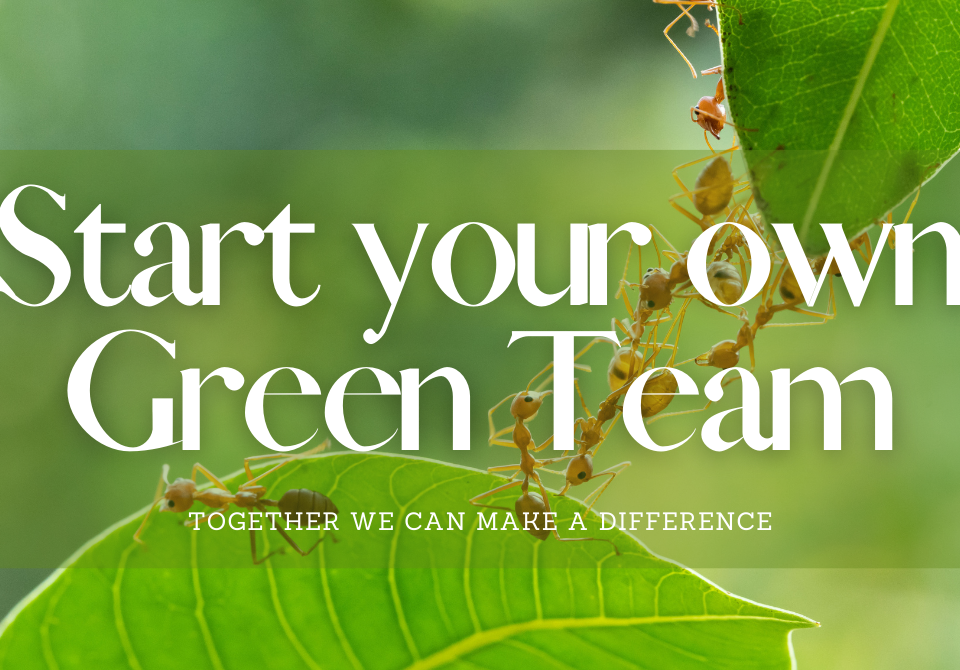Charlotte’s Aging Canopy

By: Kate Bolkin
When you think about plant diversity you might picture a forest teaming with an array of different species, genera, and families that altogether make up a rich ecosystem. When you think of poor plant diversity, maybe you think of vast monocultures. For most of us, plant diversity = plant species diversity. But we tend to omit another important factor of plant diversity that is currently having a detrimental effect on Charlotte’s tree canopy—age.
Tree age diversity keeps both forests and urban forests healthy, but Queen City’s urban forest is suffering from a rapidly aging tree population that stems from a historical “mass planting” of trees that are all around the same age. The aging out of Charlotte’s canopy is the second largest threat to our urban forest, behind removal for development.

So, why is this happening? In the early 20th century, Charlotte’s developers worked with landscape architects to design a tree-filled city with sweeping canopy over the streets, sidewalks, and lawns. They successfully dug out trees (mostly willow oaks) from the nearby forests and transplanted them in Charlotte. Today, these historical green giants are a staple of our city, but many are approaching the end of their lifespan at the same time.
Now you might be thinking “can’t we just plant new trees as the old ones come to their natural end?” And you’re right—we do replant. But we have to understand the dynamics large-scale tree death and replacement will have on our communities.
The large bodies of mature trees sequester more carbon dioxide, absorb more stormwater, cast larger areas of cooling shade, provide more wildlife habitat, and have a higher overall value than smaller trees.

A community with poor tree age diversity will experience many of its mature trees aging out and being replaced with smaller, young trees within a short period of time. This will result in sudden drop of canopy cover, increased temperatures due to less shade, less pollution uptake, less stormwater absorption, reduced wildlife habitat, and a drastically different community aesthetic. Although the replacement trees will grow and provide more and more benefits over time, it will take decades before the replacement trees reach their mature sizes.
When you have a community with good tree age diversity, there will be less of a “shock” that comes with large-scale, rapid tree death. The old trees will die and be replaced with young trees gradually over time without much of a change to the air quality, stormwater absorption, temperature, or aesthetic of that neighborhood.
Many of Charlotte’s neighborhoods are feeling the effects of lack of age diversity right now. Once towering over our city creating tunnels of greenery, large swatches of senior oaks are being removed due to old age and hazardous decay. Just as tree species diversity protects urban forests from falling victim to a dangerous pest or disease, tree age diversity protects urban forests from natural tree death all at once.





